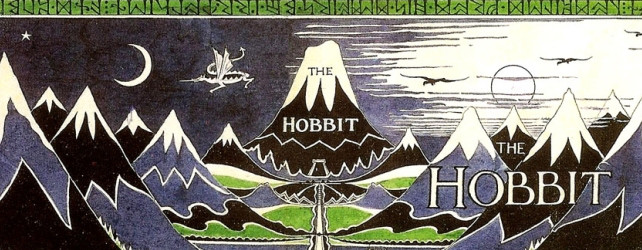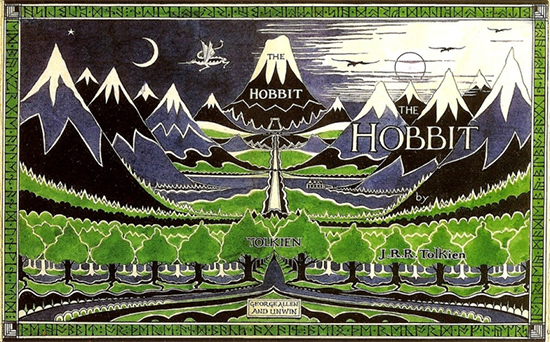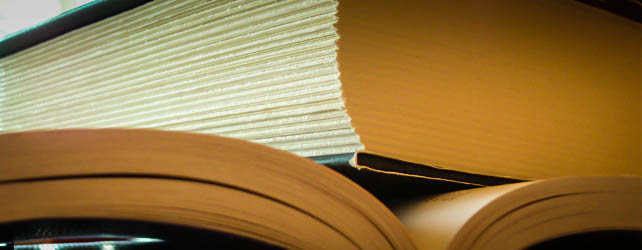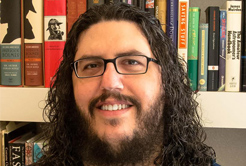In a hole in the ground there lived a hobbit. Not a nasty, dirty, wet hole, filled with the ends of worms and an oozy smell, nor yet a dry, bare, sandy hole with nothing in it to sit down on or to eat: it was a hobbit-hole, and that means comfort.
I will not praise The Hobbit as a perfect work. Even as a kid, each year I read it in 3rd, 4th, and 5th grade, I saw the book’s faults. I always thought Thorin or Bilbo should have taken out Smaug — not some human who just appears and saves the day. I won’t go on about the decline of the book from that point on…it was something I saw even as a child.
But that opening and the world it created in my mind…
No other book — not even Ray Bradbury’s Dandelion Wine — put a world into my head like The Hobbit.
That opening, and the mention of comfort…
The Meaning of Comfort
There is a lot to be said about comfort, just as there is a lot to be said about stepping out far and wide and seeing the world beyond our Shires. There is even more, perhaps, to be said about returning home a very changed person.
As a child, The Hobbit was a book about adventure — a book that showed me how I could escape and see places of legend made real inside my head. As an adult, I see that one could argue that it’s a book about life.
I am happy that my life is comfortable…that I have business to attend to and friends to see. That I have words to write, and someone with whom I can share all these things (and more).
But in other ways, I am even happier to know that should I ever become complacent in my comfort, that there is so much out beyond my own Shire…and that I now have the confidence to face more than I ever imagined, all because of a little book released today in 1937
.




